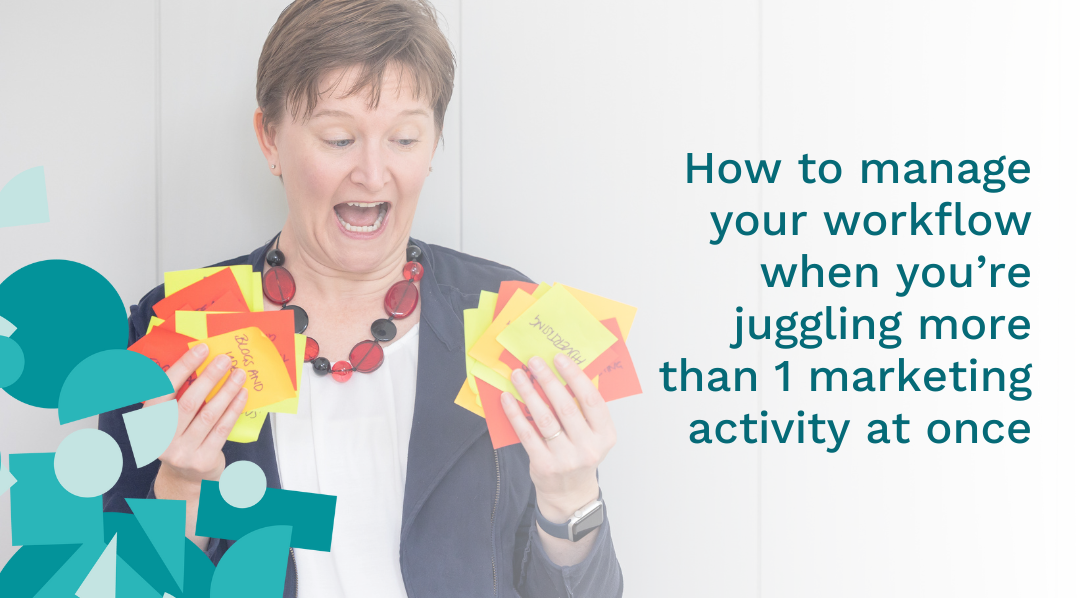

Why you’re struggling with your marketing…
Have you ever felt like marketing your complex tech or engineering services is like trying to...




There’s a common myth that all marketing is the same. Whether you’re working in a huge...
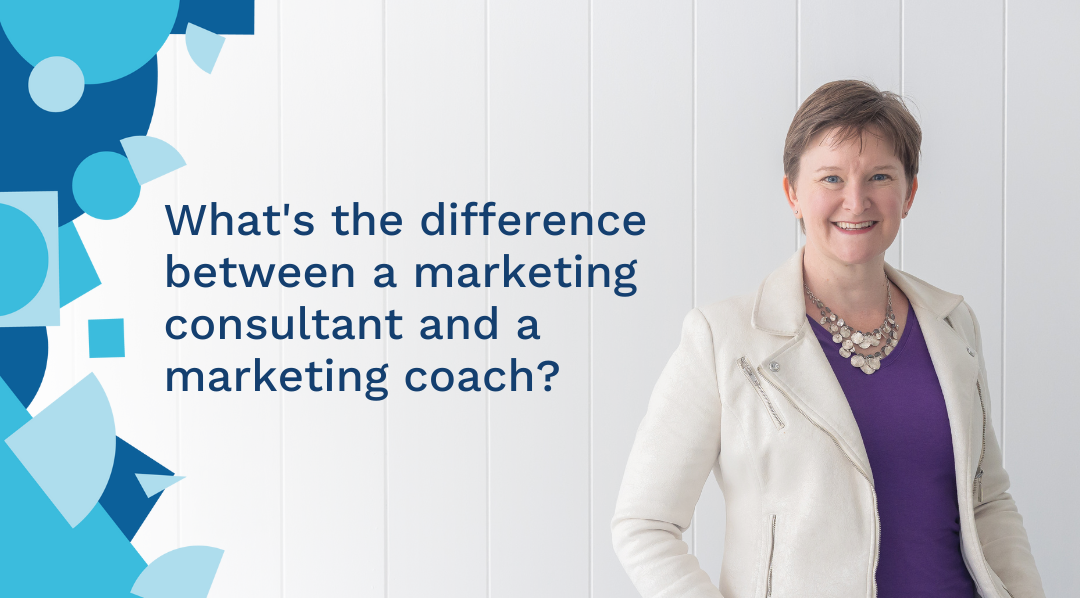

This is a question that not enough business owners are asking themselves before diving head first...
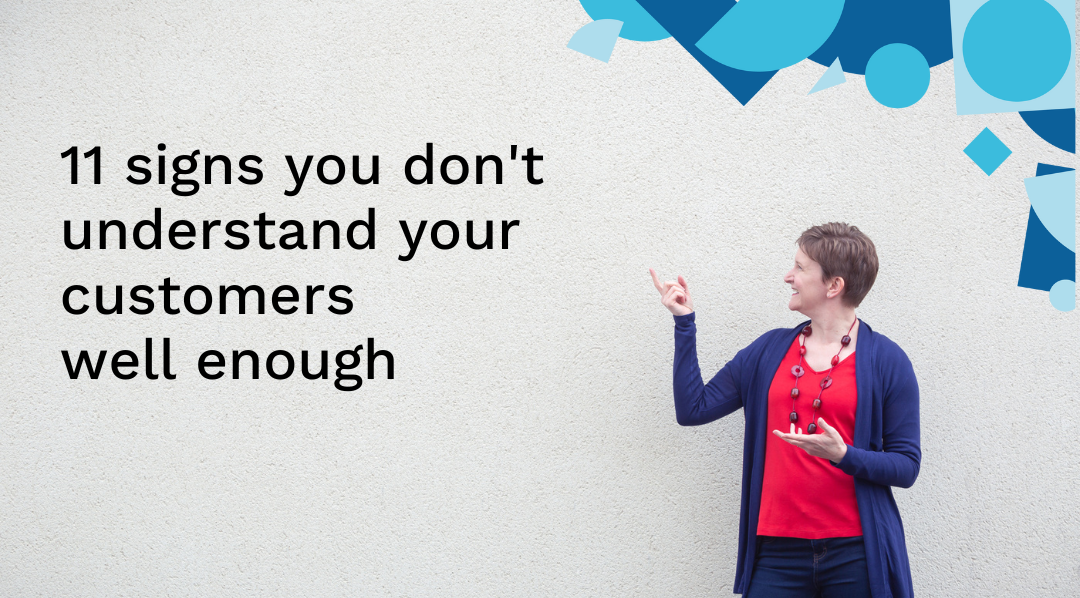

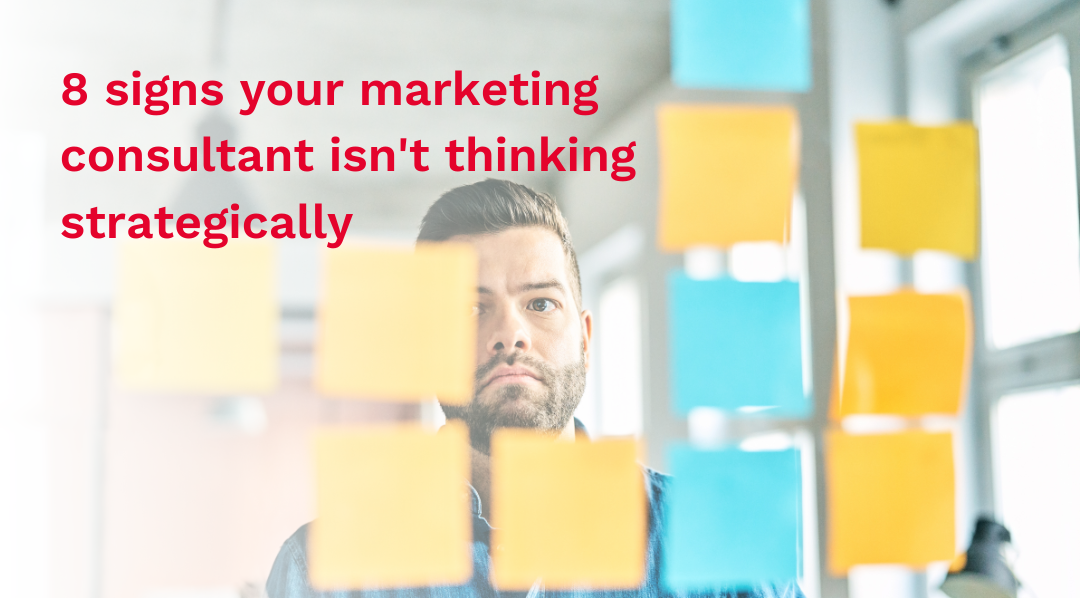



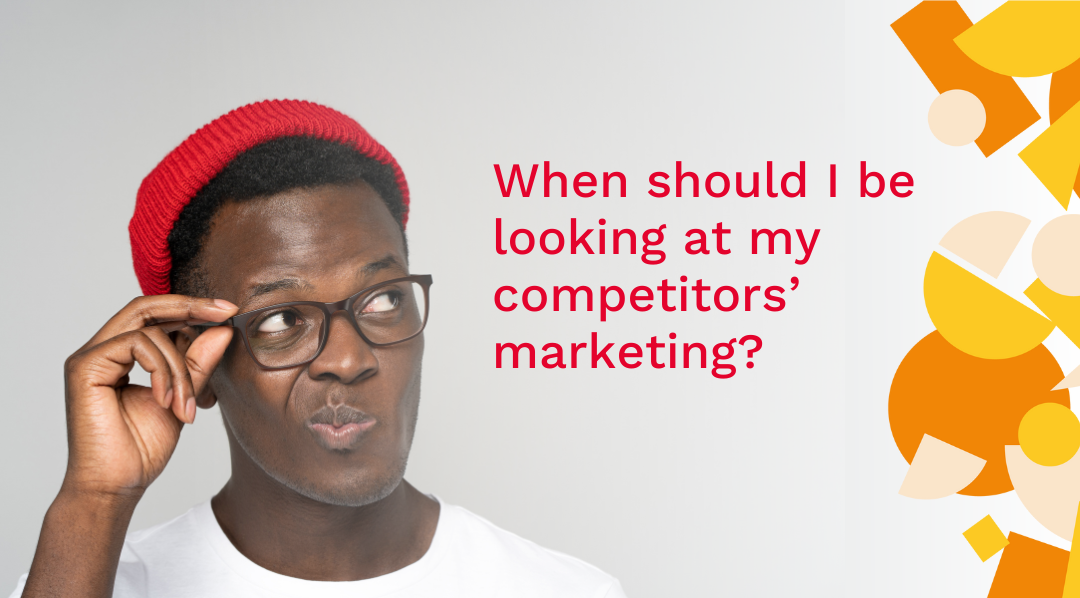

We all know what it’s like when you’re looking at competitors in your industry, it’s far too easy...


Can you have a strategic not-for-profit? I’ve recently been working with a few not-for-profit...
